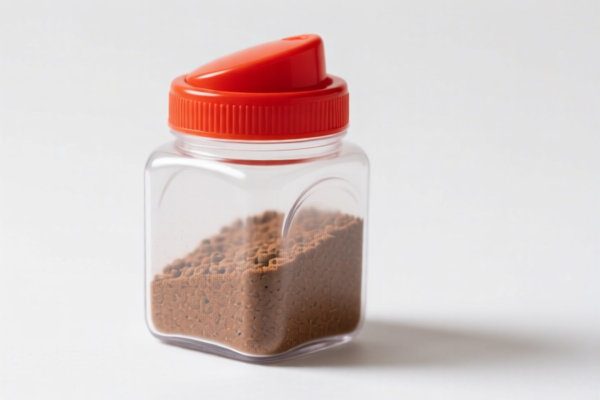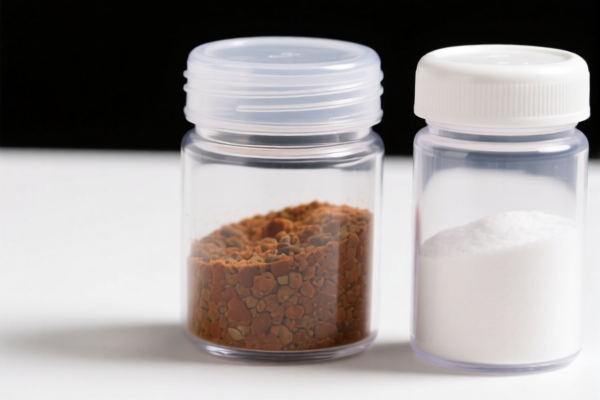| HS Code | Official Doc | Tariff Rate | Origin | Destination | Effective Date |
|---|---|---|---|---|---|
| 7010905009 | Doc | 55.0% | CN | US | 2025-05-12 |
| 7010905055 | Doc | 55.0% | CN | US | 2025-05-12 |
| 7013492090 | Doc | 60.0% | CN | US | 2025-05-12 |
| 7013993000 | Doc | 46.5% | CN | US | 2025-05-12 |
| 9620005000 | Doc | 60.3% | CN | US | 2025-05-12 |
| 9620005500 | Doc | 58.3% | CN | US | 2025-05-12 |
| 9617006000 | Doc | 37.2% | CN | US | 2025-05-12 |
| 9617001000 | Doc | 37.2% | CN | US | 2025-05-12 |
| 3923300010 | Doc | 58.0% | CN | US | 2025-05-12 |
| 3923300090 | Doc | 58.0% | CN | US | 2025-05-12 |
| 3924101000 | Doc | 33.4% | CN | US | 2025-05-12 |
| 7323993000 | Doc | 63.2% | CN | US | 2025-05-12 |
| 7323995030 | Doc | 55.0% | CN | US | 2025-05-12 |
| 6909900000 | Doc | 59.0% | CN | US | 2025-05-12 |
| 6909195095 | Doc | 59.0% | CN | US | 2025-05-12 |
| 6914108000 | Doc | 64.0% | CN | US | 2025-05-12 |
| 6914908000 | Doc | 60.6% | CN | US | 2025-05-12 |




Seasoning Jar
A seasoning jar is a container used to hold spices, herbs, and other seasonings. They are a ubiquitous item in kitchens worldwide, facilitating the organization and convenient use of flavorings during food preparation.
Material
Seasoning jars are manufactured from a diverse range of materials, each offering distinct advantages:
- Glass: A popular choice due to its non-porous nature, preventing flavor absorption and allowing for easy visibility of contents. Often paired with airtight lids. Borosilicate glass is favored for its heat resistance.
- Stainless Steel: Durable, rust-resistant, and aesthetically versatile. Commonly used for larger quantities or professional kitchens. Not transparent, requiring labeling.
- Plastic: Lightweight and inexpensive, offering a wide array of colors and designs. Quality varies significantly; some plastics can absorb flavors or stain. BPA-free options are preferred for food safety.
- Ceramic: Offers a decorative aesthetic and good heat retention. Can be prone to breakage and may absorb flavors over time.
- Wood: Traditionally used, often for dry spices. Can impart flavors and requires regular cleaning to prevent mold growth.
Purpose
The primary purpose of a seasoning jar is to:
- Preserve Flavor: Protect seasonings from moisture, air, and light, which can degrade their potency and aroma.
- Organization: Provide a systematic method for storing and accessing a variety of seasonings.
- Convenience: Enable easy and accurate dispensing of seasonings during cooking and serving.
- Presentation: Enhance the visual appeal of a kitchen or dining area.
Function
Seasoning jars function through:
- Airtight Seals: Lids with rubber gaskets or other sealing mechanisms prevent air and moisture ingress.
- Dispensing Mechanisms: Varying lid designs facilitate controlled dispensing:
- Shakers: Perforated lids for sprinkling.
- Spoons: Integrated or separate spoons for measuring.
- Pour Spouts: For controlled pouring of granular or powdered seasonings.
- Grinders: Integrated mechanisms for grinding whole spices.
- Visibility: Transparent jars allow for quick identification of contents.
- Stackability: Many designs are stackable to maximize storage space.
Usage Scenarios
- Home Kitchens: The most common application for storing everyday spices and herbs.
- Professional Kitchens: Used extensively in restaurants, catering services, and food processing facilities.
- Outdoor Cooking: Portable jars for camping, grilling, and picnics.
- Dining Tables: Small jars for salt, pepper, and other frequently used seasonings.
- Food Gifts: Decorative jars filled with custom spice blends.
Common Types
- Single Spice Jars: Designed to hold a single seasoning. Often sold in sets.
- Spice Racks: Structures designed to hold multiple spice jars, offering organized storage.
- Magnetic Spice Jars: Feature a magnetic base for attachment to metal surfaces.
- Wall-Mounted Spice Jars: Designed for mounting on walls to save counter space.
- Carousel Spice Racks: Rotating racks for easy access to a variety of seasonings.
- Grinder Spice Jars: Incorporate a grinding mechanism for whole spices.
- Double Spice Jars: Feature two compartments for holding two different seasonings.
- Labelled Spice Jars: Pre-labelled or designed for custom labelling.
Based on the provided information, “seasoning jar” can be classified under several HS codes, depending on the material of construction. Here’s a breakdown:
- 3924101000: Tableware, kitchenware, other household articles and hygienic or toilet articles, of plastics: Tableware and kitchenware: Salt, pepper, mustard and ketchup dispensers and similar dispensers. This code applies specifically to seasoning jars made of plastic.
- 7323995030: Table, kitchen or other household articles and parts thereof, of iron or steel; iron or steel wool; pot scourers and scouring or polishing pads, gloves and the like, of iron or steel: Other: Other: Not coated or plated with precious metal: Of tinplate Kitchen or tableware suitable for food or drink contact. This code is applicable to seasoning jars made of tinplate (a type of coated steel).
- 6914908000: Other ceramic articles: Other: Other. This code applies to seasoning jars made of ceramic materials.
- 3923300010: Articles for the conveyance or packing of goods, of plastics; stoppers, lids, caps and other closures, of plastics: Carboys, bottles, flasks and similar articles Of a capacity not exceeding 50 ml. This code is applicable to small seasoning jars made of plastic with a capacity not exceeding 50 ml.
- 3923300090: Articles for the conveyance or packing of goods, of plastics; stoppers, lids, caps and other closures, of plastics: Carboys, bottles, flasks and similar articles Other. This code is applicable to seasoning jars made of plastic with a capacity exceeding 50 ml.
Regarding HS code 7323995030, please note that the articles must be of tinplate and suitable for food or drink contact.
Regarding HS code 6914908000, the material must be ceramic.
Customer Reviews
No reviews yet.